
A borewell project is a significant investment, especially if you live in areas where groundwater is the primary source of water supply. Borewells are critical for agricultural, residential, and commercial use, providing a consistent source of water. However, drilling a borewell can be an expensive undertaking, with costs ranging from borewell water testing to the installation of borewell pumps and motors. Fortunately, there are several ways you can save money on your borewell project without compromising on quality and efficiency.
1. Proper Planning and Site Selection
The first step in saving money on your borewell project is to carefully plan and select the appropriate location for drilling. Proper site selection ensures that you strike water at the right depth, minimizing unnecessary expenses due to dry holes or low water yield.
Consult a Geologist
Engage a professional geologist or hydrogeologist to conduct a water survey of your land. A geologist can provide insights into the water table in your area and help you find the most promising spots to drill. This way, you avoid wasting money on drilling in locations where water may be scarce or nonexistent.
Avoid Peak Season Drilling
During the peak season, such as summer when water shortages are common, drilling companies tend to charge higher rates due to increased demand. Plan your borewell project during the off-season to get lower rates for drilling services.
Use Advanced Groundwater Detection Technology
Investing in technologies like resistivity meters or water diviners can help you accurately determine where groundwater is available. While this may seem like an additional expense upfront, it can save you money by preventing the drilling of dry borewells.
2. Opt for Cost-Effective Drilling Methods
The method of drilling you choose can significantly impact the overall cost of your borewell project. There are two primary types of borewell drilling methods—rotary and percussion drilling.
Rotary Drilling
Rotary drilling is a faster and more cost-effective method, especially for soft to moderately hard soils. The drilling process is smooth, and the risk of damage to equipment is minimal, reducing long-term costs.
Percussion Drilling
Percussion drilling is suitable for hard rock areas, but it is generally more expensive than rotary drilling. However, it can be a good option if the geological conditions demand it. Ensure that the drilling company uses high-quality equipment to avoid breakdowns, which can lead to higher costs.
Negotiate with Drilling Companies
Before hiring a drilling contractor, obtain quotes from multiple companies. By comparing their rates and services, you can negotiate a better deal and save on drilling costs. Some companies may offer discounts for drilling multiple borewells in the same area, so if you’re working with neighbors or have multiple properties, consider grouping your projects together.
3. Selecting the Right Borewell Pump
Choosing the right borewell pump is crucial for both the efficiency and cost-effectiveness of your borewell project. A well-selected pump will save energy, reduce maintenance costs, and increase the lifespan of your borewell system.
Submersible Pumps
Submersible borewell pumps are a popular choice due to their ability to function efficiently at varying depths. These pumps are installed deep within the borewell water and can pump water over long distances. While submersible pumps are more expensive initially, they offer higher efficiency and lower energy consumption, leading to long-term savings.
Centrifugal Pumps
Centrifugal borewell pumps are less expensive than submersible pumps but are better suited for shallow borewells. If your borewell is not very deep, opting for a centrifugal pump can save you money upfront while still providing reliable performance.
Solar-Powered Borewell Pumps
Solar-powered borewell pumps are an eco-friendly and cost-saving alternative to traditional electric pumps. Although the initial setup costs can be high, solar pumps reduce your reliance on electricity, leading to substantial savings in the long run. Additionally, many governments offer subsidies and incentives for solar-powered installations, further reducing your costs.
Right-Sized Pump for Your Borewell
Choosing the right-sized pump for your borewell is essential. A pump that is too powerful will consume excess energy, while an underpowered pump will struggle to lift water efficiently. Work with a professional to calculate the ideal pump size based on the depth of your borewell, the expected water yield, and your daily water requirements.
4. Choose the Right Borewell Motor
The borewell motor is another critical component that determines the efficiency of water extraction. Just like pumps, choosing the right motor can help save costs and ensure smooth operation.
Energy-Efficient Motors
Energy-efficient motors may have a higher upfront cost, but they consume less electricity over time, resulting in lower utility bills. Consider motors that have high energy-efficiency ratings or are certified by energy-saving programs. An efficient borewell motor not only saves on electricity but also reduces the overall environmental impact.
Frequency-Driven Motors
Frequency-driven motors automatically adjust their speed based on water demand. This prevents overloading and unnecessary energy consumption, making them a cost-effective option. If your water needs fluctuate throughout the day, a frequency-driven motor can provide significant savings in the long run.
Regular Maintenance and Servicing
Proper maintenance of your borewell motor is crucial to extending its lifespan and preventing costly repairs or replacements. Periodically service the motor, check for wear and tear, and ensure it operates at optimal efficiency. Investing in regular maintenance can save you from unexpected expenses down the road.
5. Ensure Proper Borewell Water Management
Water management is key to maintaining a borewell system that operates efficiently and cost-effectively. Proper water management reduces wastage, lowers operating costs, and extends the life of your borewell components.
Rainwater Harvesting
One of the most effective ways to sustain borewell water levels is by implementing rainwater harvesting systems. By capturing and storing rainwater, you reduce the burden on your borewell and ensure a steady water supply throughout the year. While setting up a rainwater harvesting system may require some investment, the long-term savings make it worthwhile.
Water Conservation Practices
Promote water conservation practices in your household or agricultural operations to reduce the strain on your borewell system. Simple measures like fixing leaks, using drip irrigation, and installing low-flow fixtures can reduce water usage and extend the life of your borewell water supply.
Install a Water Meter
A water meter allows you to monitor your borewell water usage and detect any unusual patterns. Sudden increases in water usage may indicate a leak or an issue with the pump, allowing you to address the problem before it becomes a major expense.
6. Preventative Measures to Avoid Costly Repairs
Preventative maintenance is essential to keeping your borewell system running smoothly. Proactively addressing small issues can prevent them from turning into costly repairs.
Regular Borewell Cleaning
Over time, sediment and debris can accumulate inside the borewell, reducing water flow and increasing the load on your pump and motor. Schedule periodic cleaning of your borewell to maintain optimal performance. Proper cleaning also ensures that the borewell water remains free of contaminants.
Check for Clogging
Clogging of the borewell pump or motor can cause them to work harder, leading to higher energy consumption and potential damage. Check for clogs regularly and address them immediately to avoid more significant problems later.
Invest in a Good Quality Casing Pipe
A good-quality casing pipe helps prevent the borewell walls from collapsing and keeps debris from entering the borewell. A sturdy casing pipe can save you from expensive repairs related to borewell collapse or pump damage.
7. Government Subsidies and Grants
In many regions, government programs offer subsidies, rebates, or grants to promote sustainable water solutions like borewell installation and solar-powered pumps. Research these programs and apply for available financial support to reduce your borewell project costs. These incentives can cover a portion of your drilling, pump installation, or even borewell water testing expenses.
Subsidies for Rainwater Harvesting
Some governments offer financial incentives for the installation of rainwater harvesting systems. If you plan to integrate rainwater harvesting with your borewell, look into such programs to further reduce costs.
8. Utilize a Borewell Recharge System
A borewell recharge system is an innovative method that helps replenish the groundwater level by directing rainwater into the borewell. This not only maintains the water table but also improves the longevity of your borewell system. Installing a borewell recharge system may require some investment, but the long-term benefits far outweigh the costs. It helps in maintaining a sustainable water source and can reduce the need for drilling new borewells.
9. Monitor Borewell Water Quality
Borewell water quality can deteriorate over time due to contamination from industrial waste, agricultural runoff, or even natural mineral deposits. Poor water quality can damage pumps and motors, leading to higher maintenance costs. Regularly test your borewell water for contaminants and treat it appropriately to maintain its quality. This preventive step can save you from unexpected expenses in the future.
10. Use a Timer System for Your Borewell Pump
Many people leave their borewell pumps running longer than necessary, leading to higher electricity bills and excessive wear and tear on the system. Installing a timer system that automatically shuts off the pump when the water tank is full or when a preset time limit is reached can help you save on electricity costs and extend the life of your borewell pump.
Conclusion
While drilling a borewell and maintaining a water extraction system can be costly, there are numerous ways to minimize expenses without compromising on quality. By carefully planning the drilling process, selecting the right borewell pump and motor, practicing efficient water management, and conducting regular maintenance, you can significantly reduce the overall cost of your borewell project.
Always remember that small, proactive steps—like choosing energy-efficient equipment and investing in rainwater harvesting—can lead to substantial long-term savings. With the right approach, you can make your borewell project both cost-effective and sustainable, ensuring a reliable water supply for years to come.
Whether you're installing a borewell for residential use, agriculture, or commercial purposes, following these strategies will not only help you save money but also protect the environment by promoting sustainable water practices.
FAQs
How do I choose the right borewell pump?
Choose a pump based on the depth of your borewell and water needs. Submersible pumps are ideal for deeper borewells, while centrifugal pumps work well for shallow borewells.What is the best time to drill a borewell?
The best time to drill is during the off-season, such as after the monsoon, when groundwater levels are higher, and drilling rates are lower.How can I maintain the quality of borewell water?
Regular water testing and timely borewell cleaning prevent contamination and maintain water quality.How often should I service my borewell pump and motor?
Borewell pumps and motors should be serviced at least once a year to ensure efficient operation and avoid costly repairs


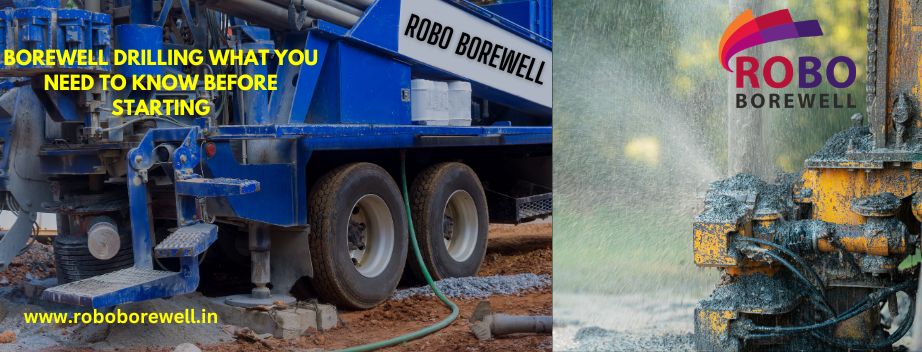




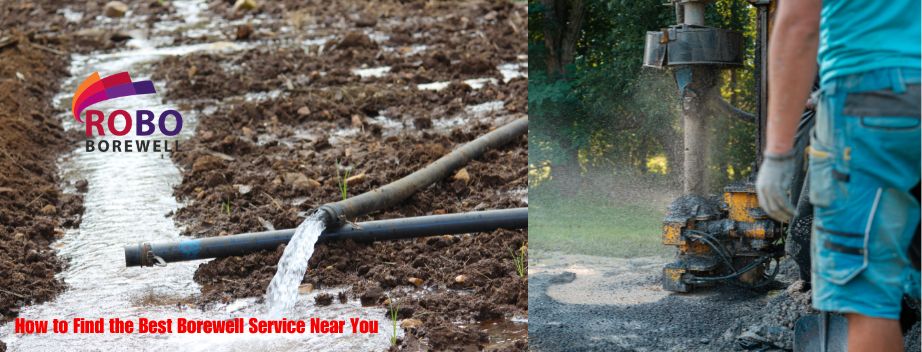

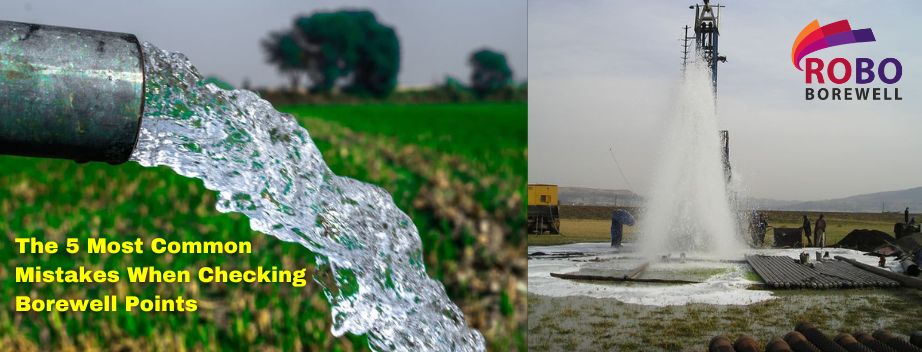

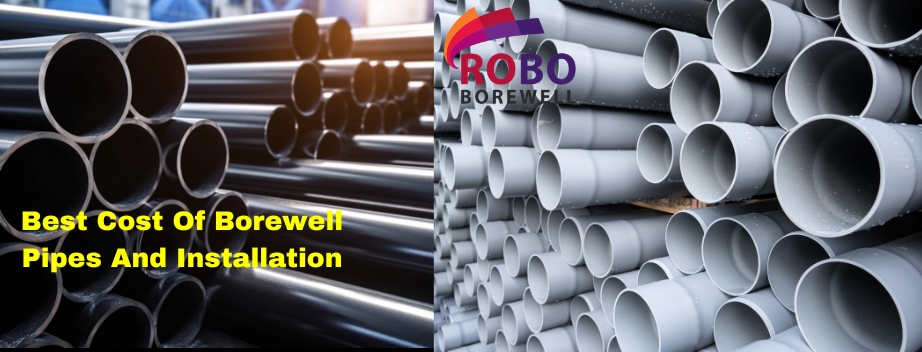
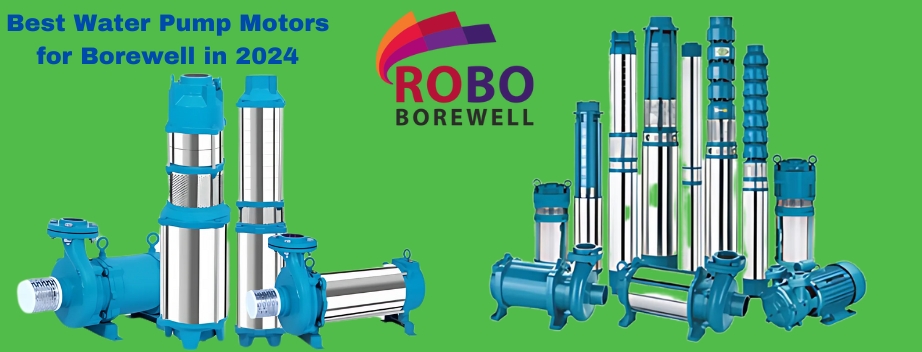
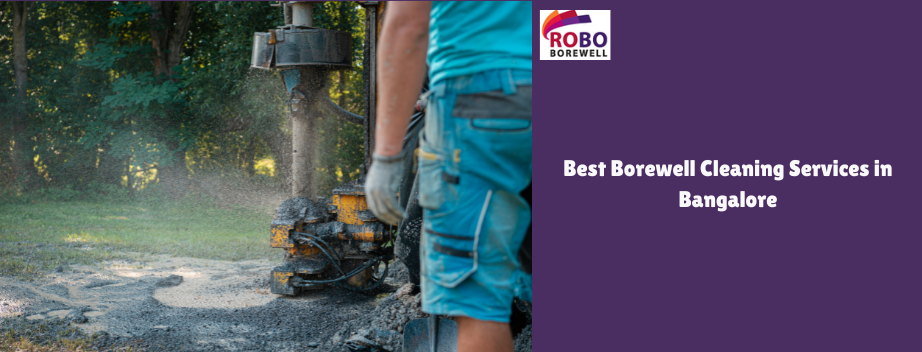


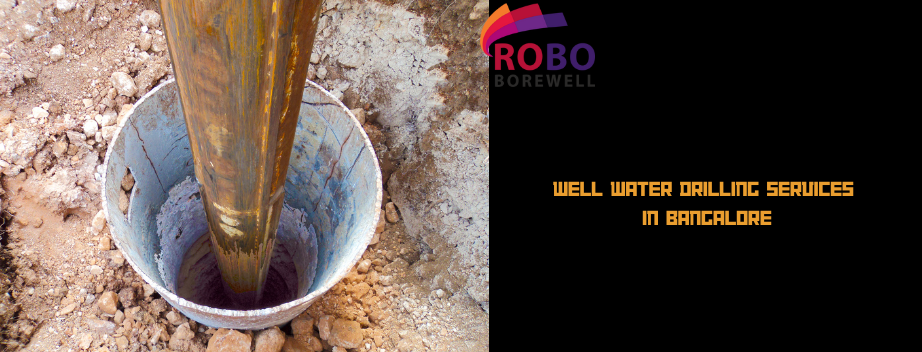





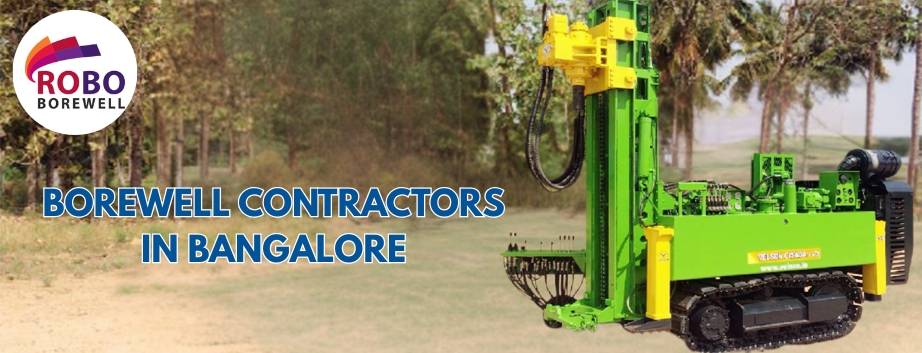
Add a comment